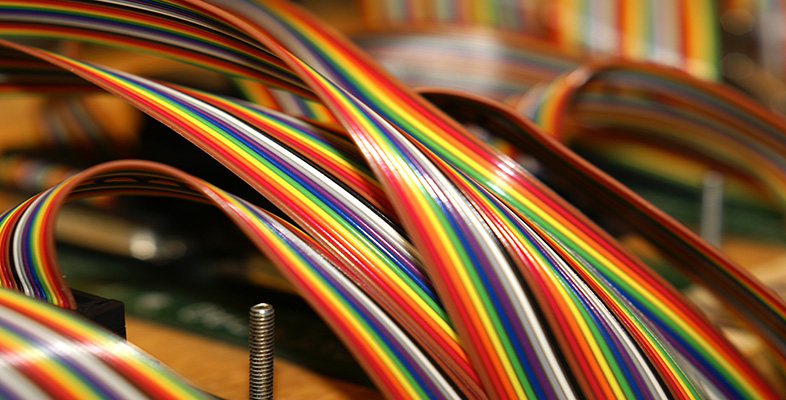10.2 Ports
On the outside of a computer you will see a number of connection points that look like sockets. These sockets are known as ports and they provide connections between the computer and external devices such as a digital camera or printer. Ports control the flow of data between the computer and these devices, ensuring that data is sent and received quickly and reliably.
Modern ICT devices require increasingly large amounts of data to be sent between the computer and the devices. Therefore, it is important that the ports provide a high-speed connection. Two high-speed ports currently available are Firewire and Universal Serial Bus (USB). Firewire can provide a fast connection at a rate of up to 800 megabits per second (Mbps). USB ports come in two versions: USB 1.1 and the more recent USB 2.0. The latter is faster, at about 480 Mbps, while USB 1.1 is only 12 Mbps.
You may also find older types of ports on your computer, such as a serial port, which was often used for a modem, and a parallel port, used to connect the computer to a printer.
Activity 8 (self-assessment)
-
Which of these devices provide a means by which a computer can receive data from a user: keyboard, scanner, printer, monitor, mouse?
-
Which type of port provides a faster connection between a computer and an input or output device: Firewire or USB?
Answer
-
keyboard, scanner, mouse
-
Firewire.
